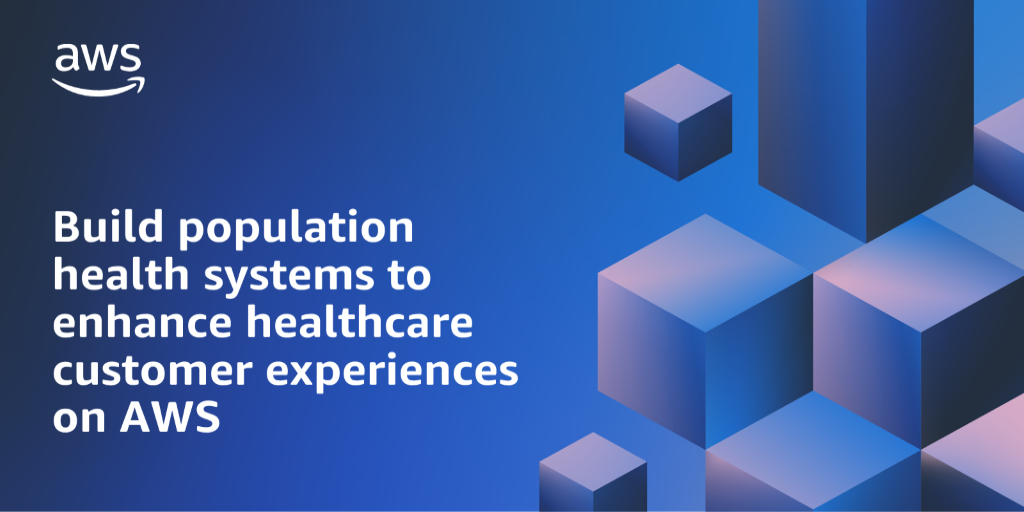AWS Public Sector Blog
Tag: AWS Glue
Use Amazon SageMaker to perform data analytics in AWS GovCloud (US) Regions
Amazon SageMaker is a fully managed machine learning (ML) service that provides various capabilities, including Jupyter Notebook instances. While RStudio, a popular integrated development environment (IDE) for R, is available as a managed service in Amazon Web Services (AWS) commercial Regions, it’s currently not offered in AWS GovCloud (US) Regions. Read this post, however, to learn how you can use SageMaker notebook instances with the R kernel to perform data analytics tasks in AWS GovCloud (US) Regions.
Unlocking data governance for multiple accounts with Amazon DataZone
This post discusses how Amazon Web Services (AWS) can help you successfully set up an Amazon DataZone domain, aggregate data from multiple sources into a single centralized environment, and perform analytics on that data. Additionally, this post provides a sample architecture as well as a walkthrough on how to set up that architecture. Ultimately, this post serves as a valuable resource if you’re seeking to optimize your data management processes and derive actionable insights to drive business growth.
Modern data strategy for government tax and labor systems
Introduction Government authorities such as tax, unemployment insurance, and other finance agencies across the US and globally are seeking ways to innovate. They are trying to unlock insights from their data, deliver better customer experiences, and improve operations using cutting-edge technologies such as generative artificial intelligence (AI), machine learning (ML), and other data analytics tools. […]
Build population health systems to enhance healthcare customer experiences on AWS
As the amount of health data increases, different healthcare, life sciences, population health, and public health organizations are working to modernize their data infrastructure, unify their data, and innovate faster with technologies like artificial intelligence and machine learning (AI/ML). In this blog post, we dive deep on architecture guidance that enables healthcare providers to improve patient care.
Unlock third-party data with API-driven data pipelines on AWS
Public sector organizations often utilize third-party Software-as-a-Service (SaaS) to manage various business functions, such as marketing and communications, payment processing, workflow automation, donor management, and more. This common SaaS landscape can lead to data silos where data becomes isolated in disparate systems and difficult to centralize for business insights. If existing SaaS connectors are not available, public sector organizations can use AWS to build an API-driven data pipeline to consolidate data from SaaS platforms offering open APIs. In this post, learn how to build an API data pipeline on AWS.
Extracting, analyzing, and interpreting information from Medicaid forms with AWS
What if paper forms could be processed at the same speed as digital forms? What if their contents could be automatically entered in the same database as the digital forms? Medicaid agencies could analyze data in near real time and drive actionable insights on a single dashboard. By using artificial intelligence (AI) and machine learning (ML) services from AWS, Medicaid agencies can create this streamlined solution. In this walkthrough, learn how to extract, analyze, and interpret relevant information from paper-based Medicaid claims forms.
Optimizing your nonprofit mission impact with AWS Glue and Amazon Redshift ML
Nonprofit organizations focus on a specific mission to impact their members, communities, and the world. In the nonprofit space, where resources are limited, it’s important to optimize the impact of your efforts. Learn how you can apply machine learning with Amazon Redshift ML on public datasets to support data-driven decisions optimizing your impact. This walkthrough focuses on the use case for how to use open data to support food security programming, but this solution can be applied to many other initiatives in the nonprofit space.
Supporting health equity with data insights and visualizations using AWS
In this guest post, Ajay K. Gupta, co-founder and chief executive officer (CEO) of HSR.health, explains how healthcare technology (HealthTech) nonprofit HSR.health uses geospatial artificial intelligence and AWS to develop solutions that support improvements in healthcare and health equity around the world.
Analyzing vehicle fleet location data from a data lake with AWS
At AWS, many public sector customers operate fleets of vehicles (e.g. emergency response, public transportation) that generate location data, which is ultimately stored in a data lake. These customers frequently ask how they can quickly visualize this data and extract insights that can help them optimize how they operate their vehicle fleets. In this post, learn how to use Amazon Athena and Amazon Location Service to perform ad hoc reverse geocoding on a notional dataset of vehicle location history, and visualize the results on an Amazon QuickSight map.
Generating program-defining insights in seconds for child, adult, senior, and military services
Easterseals, DC MD VA is a multifaceted nonprofit organization with the goal of enriching lives and expanding opportunities for children and adults in the Washington DC, Maryland, and Virginia (DMV) area, including people with disabilities and military backgrounds. With support from our account team at AWS, Easterseals established a data lake to better understand and define the impact our organization has on its participants with the overarching goal of empowering all people to to achieve their potential and live meaningful lives.









